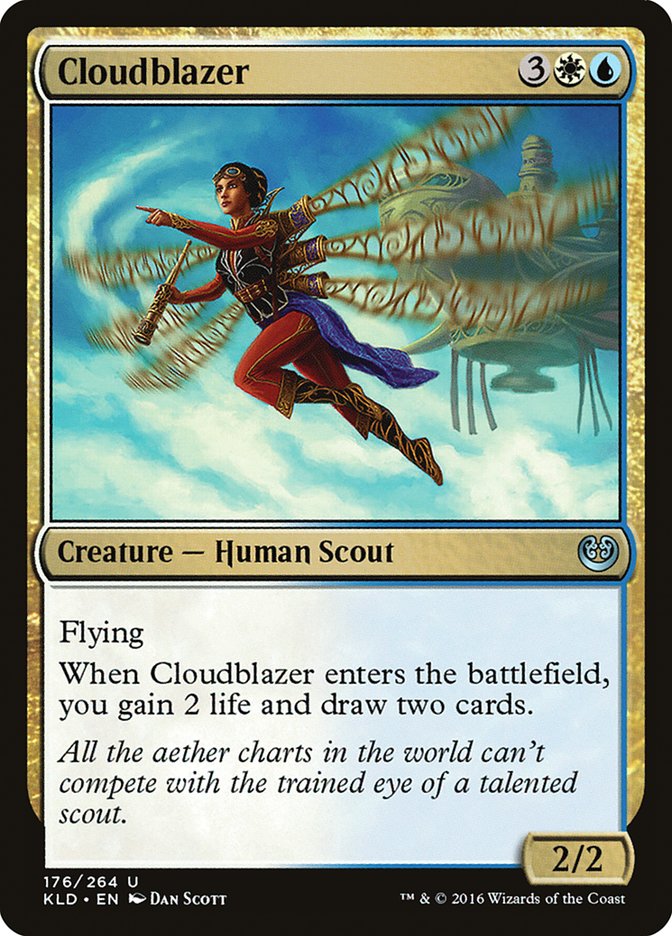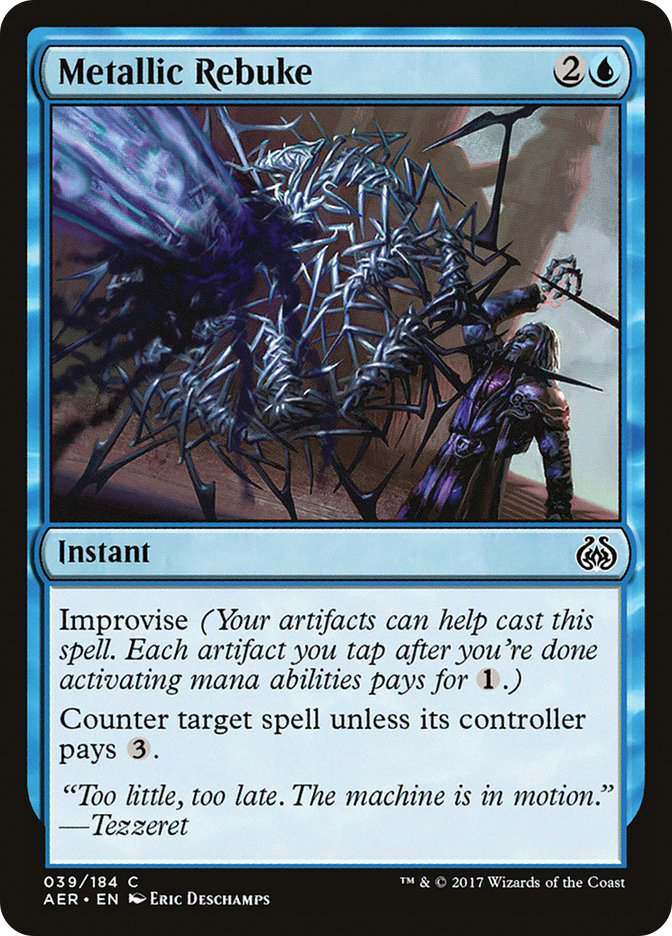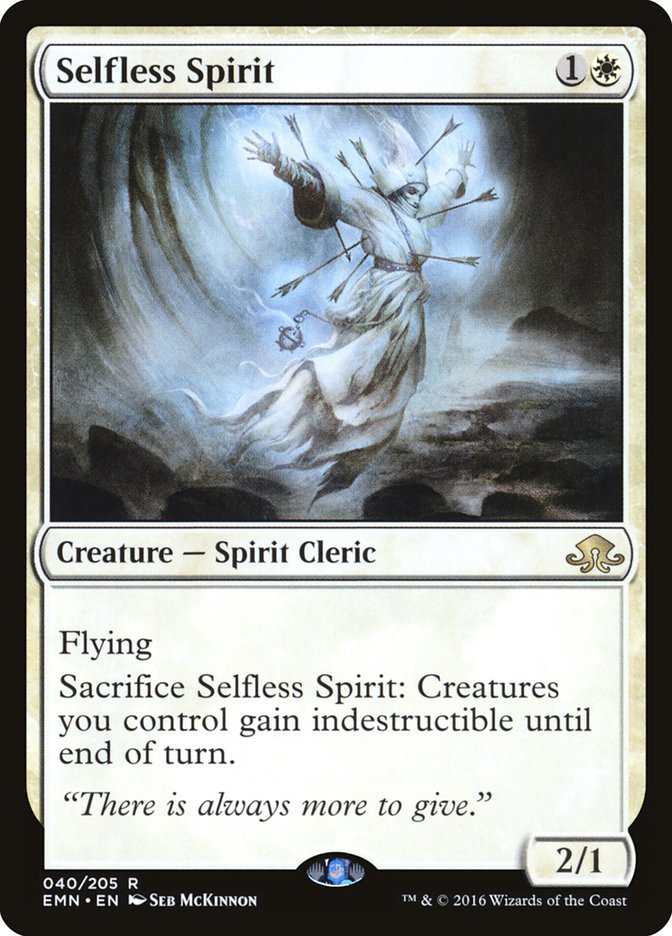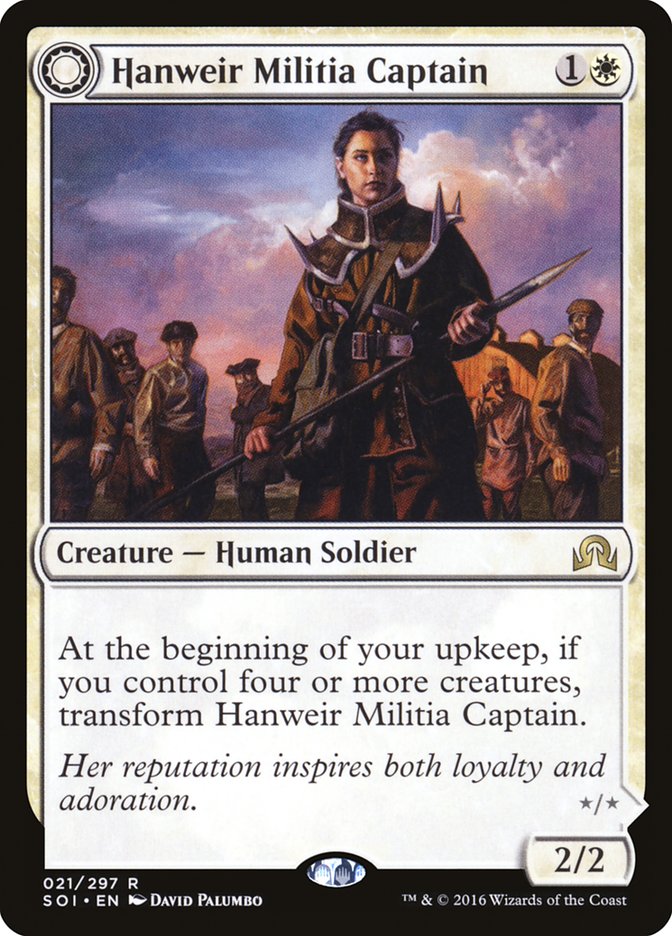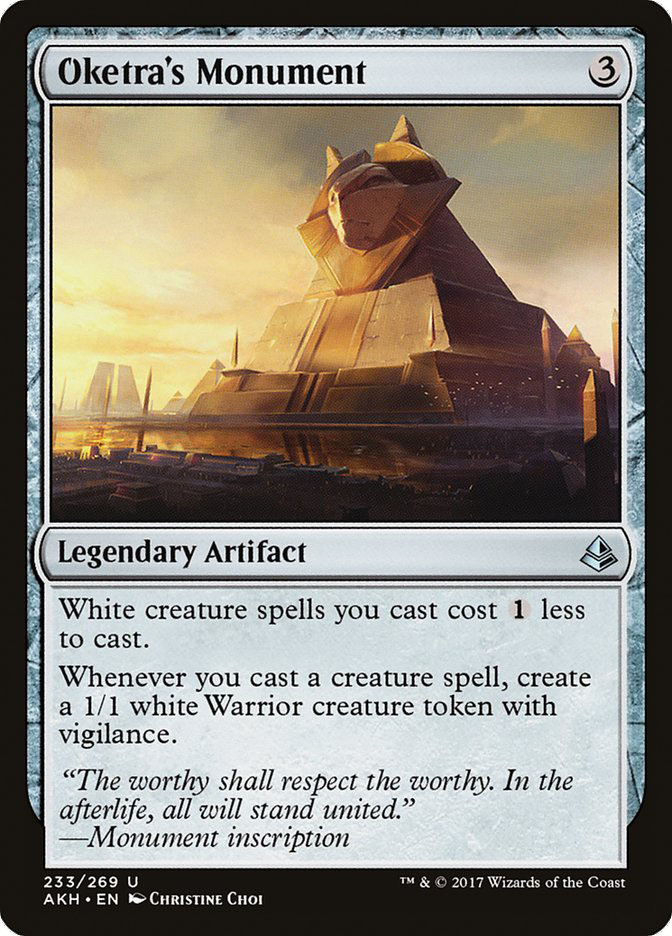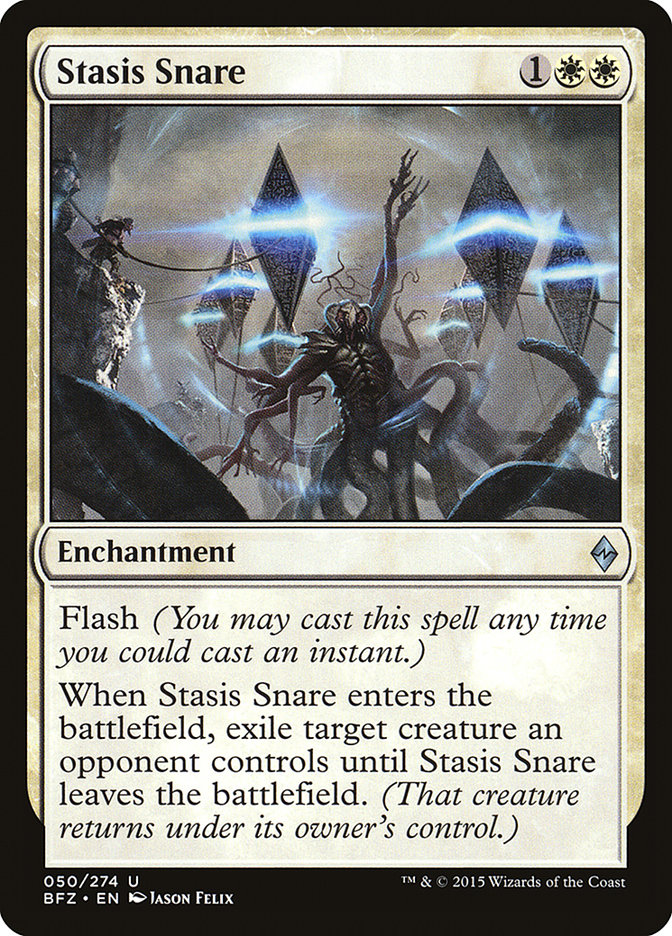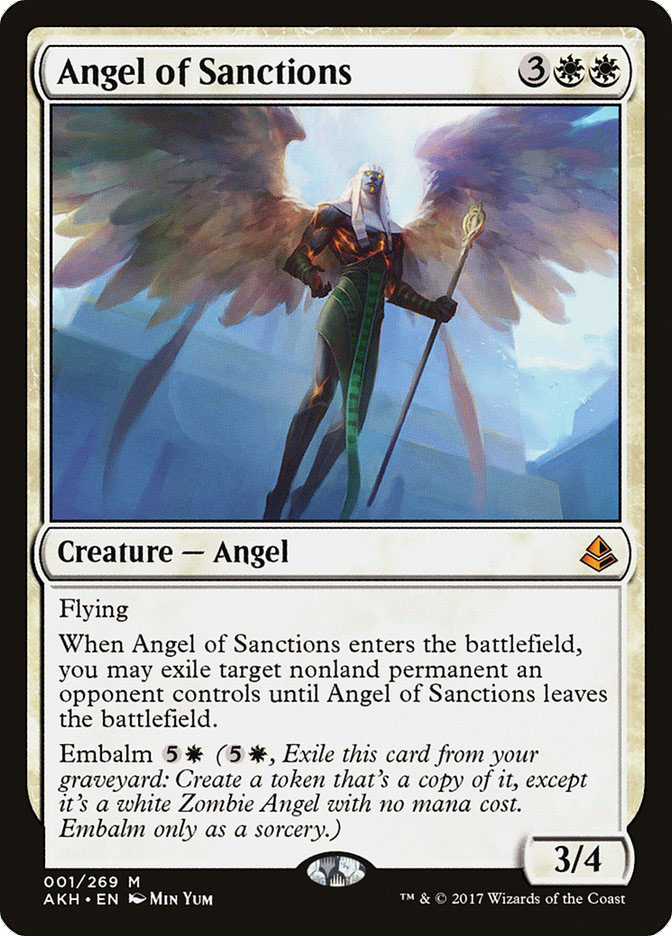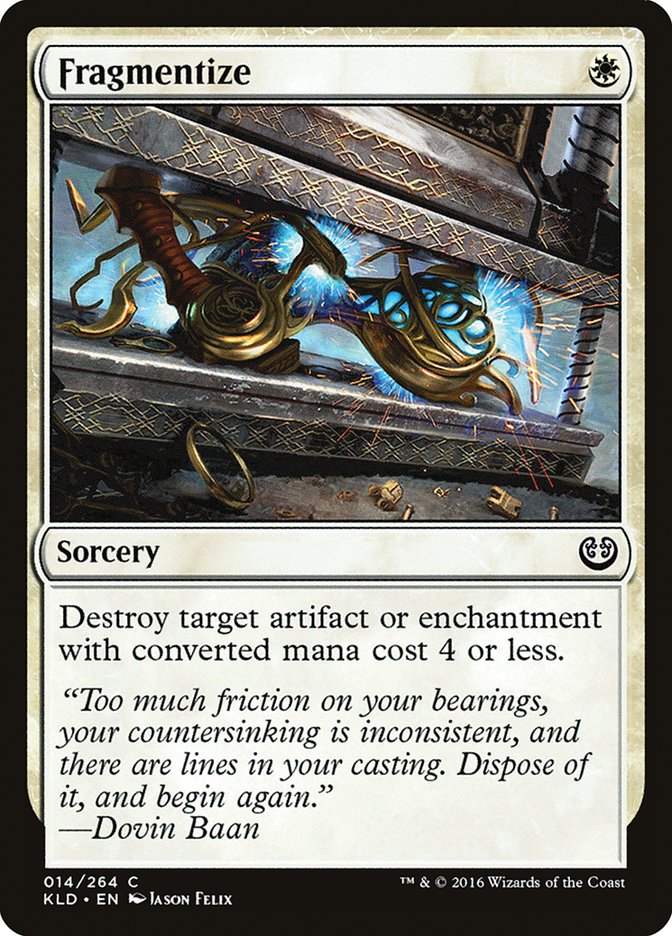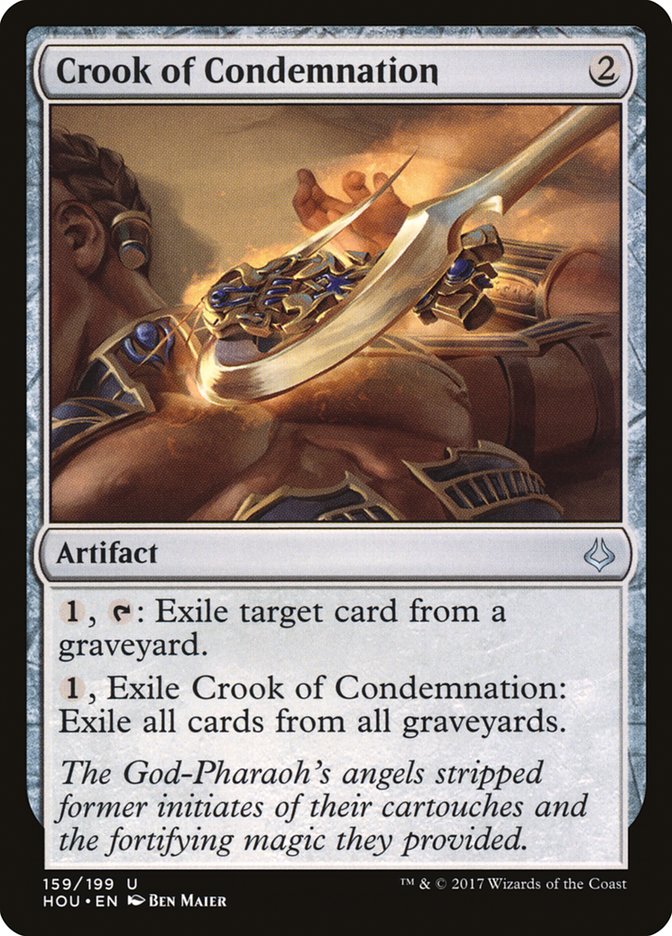When I got on the plane for #SCGINVI, I was all set to play Zombies. Once I arrived at Todd Anderson’s place, he mentioned he was playing W/U Monument. I took a look at the decklist, and immediately knew I would play it.
Adding blue to the deck gave it extra game against the midrange and control decks that could go over the top of your two-power army. It also made it so the deck had other options instead of low-impact cards like Aviary Mechanic.
I didn’t bring any Hanweir Militia Captains or anything else for the deck with me and neither did Josh Cho. I happily purchased two copies of the deck because I knew how great it was going to be.
And I was right.
Todd went 7-0-1 in Standard to secure his spot in the Top 8 and I went 7-1, with the loss likely being an incredibly complicated punt. Unfortunately, my Modern record kept me out of the Top 8. Despite that, I walked away from the tournament feeling great.
This is what I played:
Creatures (24)
- 4 Bygone Bishop
- 4 Thraben Inspector
- 4 Hanweir Militia Captain
- 4 Spell Queller
- 4 Selfless Spirit
- 4 Cloudblazer
Lands (25)
Spells (11)

Why Is This Deck Good?
Do you remember G/W Tokens? W/U Monument reminded me of that deck a lot.
It’s a midrange creature deck with a great late-game plan. In the early-game, you control the battlefield with small creatures, either by attacking your opponent or blocking as necessary. Going long, you have cards like Oketra’s Monument, Bygone Bishop, Cloudblazer, and Dusk // Dawn to gain card advantage.
The real advantage comes from the fact that Zombies exists in the metagame and W/U Monument is also a deck with small creatures. Opponents will frequently sideboard in cards like Magma Spray and Sweltering Suns. Meanwhile, I would be sideboarding out some of my smaller creatures for bigger cards, making their removal largely useless.
It seemed like my opponents were always trying to fight the wrong battles and I was able to easily capitalize on that. W/U Monument had some counterspells, some good removal, and great card advantage, which made me feel like I could handle any situation.
The Specifics
There’s a lovely trio of cards in the deck that provide your card advantage.
Without these, the deck would not exist. W/U Monument needs a consistent source of card flow to function, as it needs to find specific answers to certain problems in Standard.
To make Bygone Bishop as good as possible, you need as many cheap creatures as possible. It’s not uncommon for W/U Monument to pass up playing a creature on turn 2 so that it can set up Oketra’s Monument into Bygone Bishop plus something else. Assuming you aren’t under too much pressure, winning from there is usually trivial.
Cloudblazer is miles better than the Archangel Avacyn that the Mono-White Monument decks play. At least in Game 1, you’re trying to build a wide battlefield. While Archangel Avacyn might not be killable with what they have, it’s far too likely they can remove one of your smaller creatures, trigger your Avacyn, and be able to alpha strike you.
The counterspells give you game against things like Glorybringer and planeswalkers, and sometimes they answer a sweeper. Mono-White Monument was generally helpless, whereas playing against W/U Monument is incredibly difficult. Not only are the in-game decisions tough, but you never know what sort of plan they’re on. Couple that with trying to play around their interaction, and you’re going to walk away feeling like you had no right decisions.
Metallic Rebuke is the counterspell of choice because it only costs a single blue mana. If you have Thraben Inspector or Oketra’s Monument, you get a little discount. If you have Bygone Bishop and a stack of Clues, Metallic Rebuke becomes incredible.
Spell Queller itself is sometimes great and sometimes it gets killed at an awkward time and your battlefield position crumbles. Since your opponent will typically sideboard in more removal and you’ll sideboard in hard answers to their big threats, Spell Queller gets shaved a lot in sideboarding.
Don’t be afraid to run out Spell Queller as a 2/3 flier to start the pressure if you have to.
Selfless Spirit provides protection for your Bygone Bishops and Spell Quellers while also being a fine attacker on its own. We happily play four.
If you have Oketra’s Monument active, transforming Hanweir Militia Captain is trivial. Before that, it’s mostly a Grizzly Bear they will eventually have to kill. Because of that, it’s usually better to draw Hanweir Militia Captain later than it is early, and you certainly don’t want to flood on them. If the stats were better or it had some other upside before transforming, it might be different.
As is, it’s underwhelming and not a key component of the deck.
How you play with the Monument itself depends on your hand, the matchup, and how fast the pace of the game is. As I mentioned earlier, sometimes you sandbag creatures to get more value from either Bygone Bishop or Oketra’s Monument. Sometimes you ignore the Oketra’s Monument in your hand because you need your creatures on the battlefield as soon as possible.
Remember that Oketra’s Monument is legendary!
Cast Out, while more versatile, is a little too expensive for this deck. Your mana is often tied up in Cracking clues, so having the cheaper option makes more sense unless there is something specific you want to remove.
The Manabase
This was our one downfall at #SCGINVI — Our manabase was “too” good.
We played most of the two-color lands available to us, but we didn’t need to. Our color requirement issues were nonexistent, but we frequently had issues actually curving out. The fact that we were able to do so well despite that is incredible and a testament to the deck’s power.
I added a 25th land, which was an easy decision. This deck wants to make every land drop and would appreciate an extra basic land for Prairie Stream. I should have also removed some of the dual lands because too many lands entered the battlefield tapped.
Irrigated Farmland, while useful as a cycler sometimes, was mostly awkward. If you have Bygone Bishop going, you would like some cycling lands in case you start flooding. Realistically, you end up playing Irrigated Farmland instead of cycling it, even if you already have five or six land on the battlefield. Making your land drops is too important, so you rarely cycle it. Given that, you can easily cut some of them for basic land.
How Does Hour of Devastation Impact This Deck?
For the deck itself, very little. There are some cool new options, like Supreme Will, Unsummon, and Angel of Condemnation, but aside from Unsummon, I think most will fall short.
The real issue lies with what everyone else got. Hour of Promise is a particularly large problem. The card itself isn’t an issue, but the fact that people are going to be ramping into Ulamog, the Ceaseless Hunger is.
We never saw any decks based on Oketra’s Monument in any big tournament before #SCGINVI because Aetherworks Marvel was legal. A nearly mono-white midrange deck cannot compete with that. However, it is the king of all other midrange decks, hence it’s popularity and good results as of late.
If Ulamog, the Ceaseless Hunger makes a comeback, which I think it will, then W/U Monument needs to adapt. My new list adjusts for that to some degree, but it’s more of a hedge.
The New Decklist
With Hour of Devastation now out (at least online), this is where I’m going to start:
Creatures (23)
- 4 Bygone Bishop
- 4 Thraben Inspector
- 3 Hanweir Militia Captain
- 4 Spell Queller
- 4 Selfless Spirit
- 4 Cloudblazer
Lands (25)
Spells (12)

Assuming things don’t change much, I like this deck’s chances and would happily play it at #SCGCIN. If G/R Ramp looks popular, I would try to get an extra counterspell into the sideboard. Nimble Obstructionist might be a reasonable sideboard option too.
Even if things do change, W/U Monument can change with it. For example, there are some versions online that are moving Dusk // Dawn to the sideboard, presumably because the mirror and Mono-Black Zombies are becoming more prevalent. The rise of both of those decks decreases the amount of B/G Energy people are playing by a wide margin and Temur Energy has decreased a bit as well.
The engine is effectively Bygone Bishop and Oketra’s Monument. You get to reduce the cost of your already cheap creatures to build both an army and a mountain of Clues. If you’re doing that, the rest is all about surviving long enough for your card advantage to matter. What cards you choose to play to do that are up to you.
Unsummon fits the survivability angle, it’s cheap, and it has more utility than Stasis Snare since it can protect a valuable creature from removal.
Sideboarding
As I mentioned, in most post-sideboard games, I would shave on Hanweir Militia Captain and Spell Queller. With fewer cheap creatures (and opponents potentially bringing in Disenchant), cutting some Oketra’s Monuments is a reasonable idea too.
I think there’s probably a great sideboard plan for when you become a midrange deck, similar to what I did with G/W Tokens. That will have to wait until the metagame is fleshed out a bit. For now, I kind of have a mix of midrange cards that are good in certain matchups, but I don’t have a plan that’s great against everyone.
Angel of Sanctions is the mirror breaker, but it’s also good against Temur Energy or anything else with permanents and three-damage sweepers. The mirror has a lot of noncreature permanents that you’d like to kill, so Angel of Sanctions is perfect. Hold a Fragmentize for their Stasis Snare if you can, and Angel of Sanctions will dominate them.
Fumigate makes its way into the deck as another sweeper, except it’s also good against smaller creatures. Against Zombies, they should be able to play around Dusk // Dawn for a while, which makes having something like Fumigate very attractive.
Hieroglyphic Illumination is a weird one, but I wanted a Nissa, Vastwood Seer-type card. If you’re digging early, you can cycle it. Otherwise, if you want velocity for later, you can hardcast it. It plays well with counterspells and Spell Queller, so I think it’s a good idea. Things like Pilgrim’s Eye or an additional Irrigated Farmland were also considerations.
I’m going harder on Negate and Gideon, Ally of Zendikar because of G/R Ramp. That could be the wrong plan. Even if it’s wrong, it can’t be that far off. Hour of Devastation is a powerful tool against Gideon, but it is incredibly vulnerable to counterspells. It shouldn’t be too difficult to protect your investment.
Fragmentize is mostly for Mardu Vehicles and the mirror, but Mardu doesn’t seem very popular anymore. You could potentially shave a copy if you need to.
Crook of Condemnation is probably a worthy inclusion for the first week, as you never quite know what you’re going to play against. Elder Deep-Fiend plus Kozilek’s Return is quite good against the deck, but my plan against them has been not letting them get any traction by removing their threats and eventually winning the long-game.
As long as you’re smart, getting hit with a sweeper is never game over. However, if those decks are using sweepers as a tempo tool against you, then you’re actually in trouble. If you have a pile of removal to stop their pressure, you’ll still be fine.
Conclusion
Before I get into the heavy testing, I think it’s safe to say that W/U Monument is the best deck for the first week of Standard. Hopefully there aren’t too many Ulamogs or Elder Deep-Fiends running around, and you’ll be able to crush it.
With a little tuning, I could easily see W/U Monument being the best deck for the rest of the season.


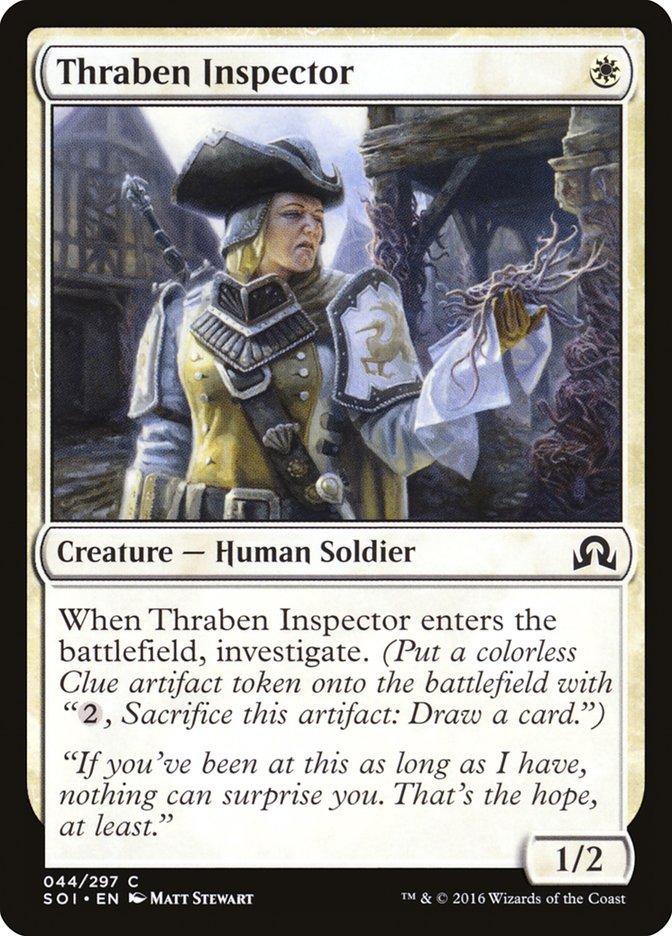
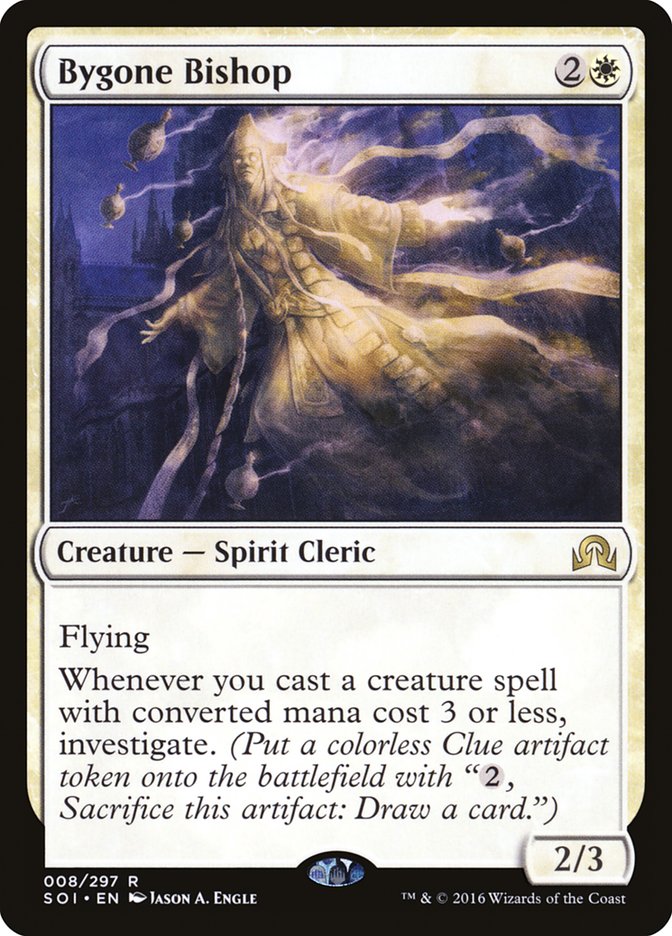 [/card]
[/card]